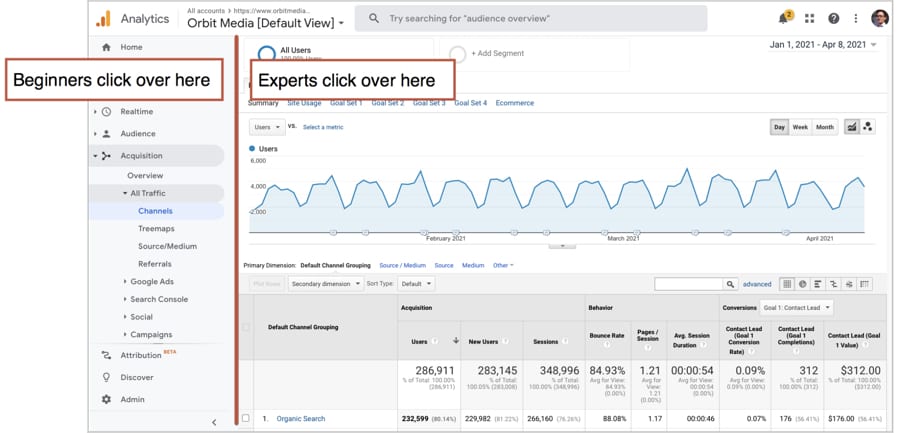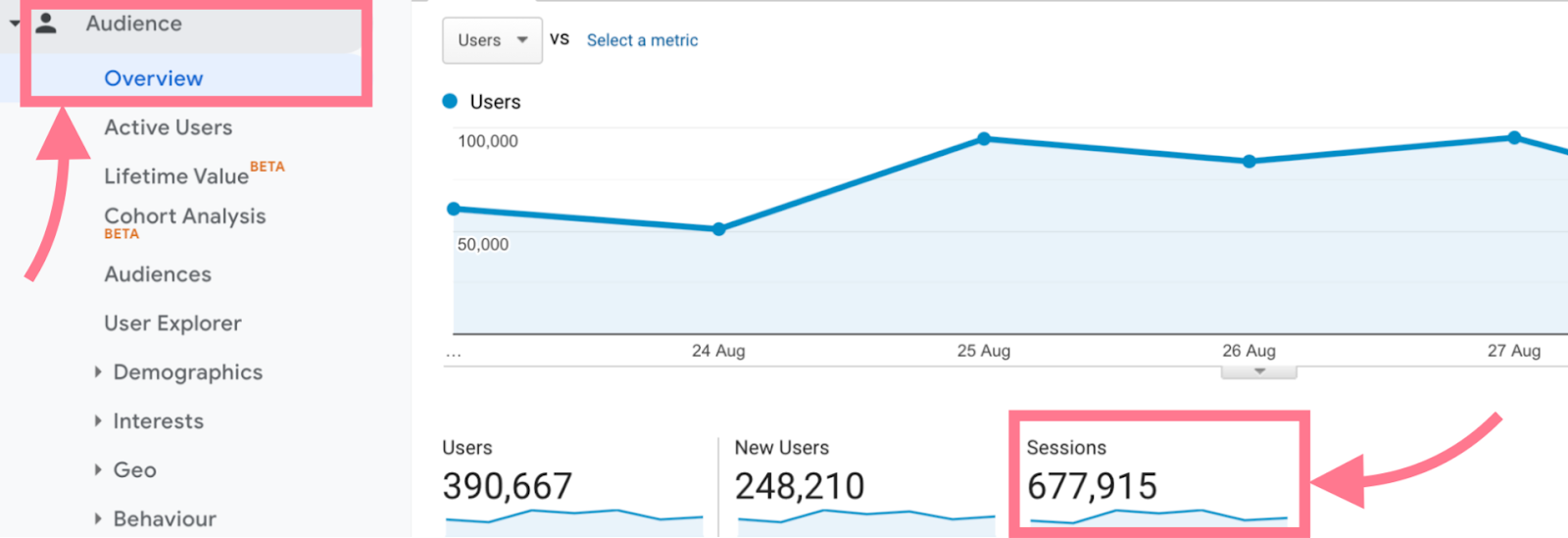Every little thing You Need to Learn about When Does the Google Analytics Tracking Code Send an Event Hit to Analytics
Master Site Insights With Accurate Google Analytics Monitoring Code
The reliable use of Google Analytics hinges on the accurate implementation of its monitoring code, an essential step often overlooked by internet site proprietors. What are the usual risks that could weaken your monitoring efforts, and how can you make sure accuracy in your method?
Recognizing Google Analytics Basics
Google Analytics is a vital device for site proprietors and marketing experts, supplying vital insights into customer behavior and website performance. At its core, Google Analytics collects data about site visitors to a web site, enabling customers to examine metrics such as web traffic sources, customer interaction, and conversion rates. Recognizing these principles is vital for maximizing a website's effectiveness and improving customer experience.
The system uses cookies to track interactions, videotaping data such as page views, session durations, and bounce prices. This details is aggregated and offered with personalized control panels, making it possible for customers to imagine patterns with time. Key efficiency signs (KPIs) can be checked, such as the overall variety of customers, brand-new versus returning visitors, and the geographic circulation of the target market.
Additionally, Google Analytics supplies segmentation features, allowing individuals to separate specific website traffic sources or individual demographics for even more targeted analysis. By understanding these fundamental aspects, site owners can make informed decisions concerning web content strategy, advertising campaigns, and total website enhancements. Ultimately, recognizing Google Analytics fundamentals is vital for leveraging data to drive development and attain service goals efficiently.
Setting Up Your Monitoring Code

Copy the given monitoring code and paste it right into the HTML of your website. This makes certain that the tracking code tons prior to any type of other content, permitting it to catch data precisely.
After installment, validate that the monitoring code is working correctly by utilizing Google Tag Aide or the Real-Time reports in Google Analytics - when does the google analytics tracking code send an event hit to analytics?. This action is vital to verify that your data collection is active and exact, setting the foundation for informative evaluation
Usual Tracking Code Issues
Lots of internet site proprietors encounter typical issues with their Google Analytics tracking code that can impede data collection and evaluation. One prevalent issue is improper installment. This might occur when the monitoring code is put in the incorrect area of the site's HTML, frequently bring about absent or insufficient data. Furthermore, having numerous circumstances of the monitoring code on a single page can lead to inflated metrics, as individual interactions could be counted a lot more than once.
Another problem arises from making use of ad blockers, which can protect against the tracking code from implementing altogether, hence skewing information. when does the google analytics tracking code send an event hit to analytics?. Furthermore, failure to configure filters properly can result in the exclusion of crucial web traffic resources or the inclusion of unwanted referral spam, distorting the data accumulated
Site proprietors might also neglect the value of tracking code updates, specifically when migrating to Google Analytics 4 (GA4) from Universal Analytics. Finally, insufficient testing before launching adjustments can cause undiscovered errors in the tracking code, better making complex information reliability. Resolving these typical issues is critical More hints for ensuring accurate monitoring and insightful analytics.
Studying Web Site Information Efficiently
Exact data collection is just the primary step in leveraging Google Analytics; the actual value lies in efficiently evaluating that information to drive enlightened decision-making. To attain this, it is vital to recognize essential efficiency indicators (KPIs) that line up with your organization goals. Focus on metrics such as conversion rates, individual engagement, and traffic sources, as these will give insights into user habits and the general performance of your website.
Making Use Of Google Analytics' division features permits for a deeper understanding of your audience. By breaking down information into specific demographics, actions, and traffic networks, you can uncover trends and patterns that inform targeted techniques. Implementing custom records and dashboards can improve this process, enabling quick accessibility to important information.
In addition, consistently evaluating data fads over time assists to identify abnormalities and possibilities for renovation. Use visualization devices to existing data in an easily absorbable format, facilitating more effective interaction with stakeholders. Inevitably, the capability to assess site data efficiently empowers businesses to make calculated decisions that improve customer experience, maximize advertising initiatives, and drive growth.

Best Practices for Accurate Monitoring
Carrying out effective tracking techniques is critical for getting dependable data in Google Analytics. To guarantee precise monitoring, start by properly mounting the Google Analytics tracking code on every page of your web site. This can be completed via a tag supervisor or by directly embedding the code right into the HTML.
Next, configure your Google Analytics account to exclude internal traffic. This can be done by establishing up filters that identify and get rid of visits from your organization's IP address, therefore preventing skewed data. Furthermore, utilize event monitoring to keep an eye on certain customer interactions, such as downloads or video plays, which common web page views might forget.
Routinely examine your monitoring setup to confirm that all features, such as goals and ecommerce tracking, are operating effectively. Develop a regular naming convention for your campaigns and occasions to help with easier coverage and analysis.
Lastly, take into consideration leveraging UTM parameters for projects to gain insights into the performance of different advertising efforts. By complying with these ideal techniques, you can improve the precision of your information collection and evaluation, ultimately leading to more enlightened decision-making for your website.
Verdict
By making sure the tracking important link code is properly positioned and on a regular basis examined, site proprietors can catch vital individual interaction information, hence facilitating the recognition of crucial investigate this site efficiency indicators. Eventually, a robust monitoring structure boosts the ability to drive involvement and boost general internet site performance.

Not enough testing prior to introducing adjustments can result in unnoticed errors in the tracking code, even more making complex information integrity.Applying efficient monitoring practices is crucial for acquiring trustworthy data in Google Analytics. By guaranteeing the monitoring code is properly positioned and on a regular basis investigated, web site proprietors can capture vital customer interaction information, thus facilitating the identification of vital efficiency indications.